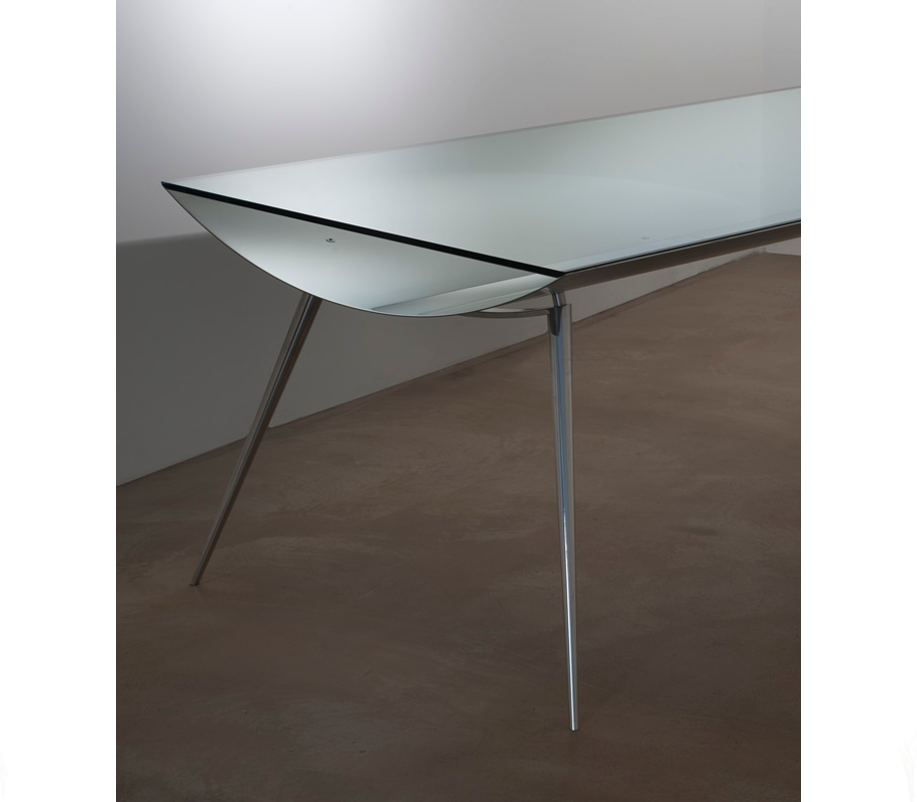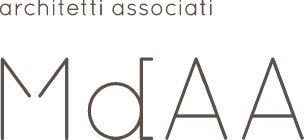COM-BACIO
The project looks into the theme of the fragment, understood as an element that has a value in itself, and that combined with other fragments generates different figures.
By the same token, the elements that create the set of tables can be used individually or together, forming different combinations to recompose – in the set of tall tables – a pure geometric figure, thus resulting in a versatile series suitable for different uses.

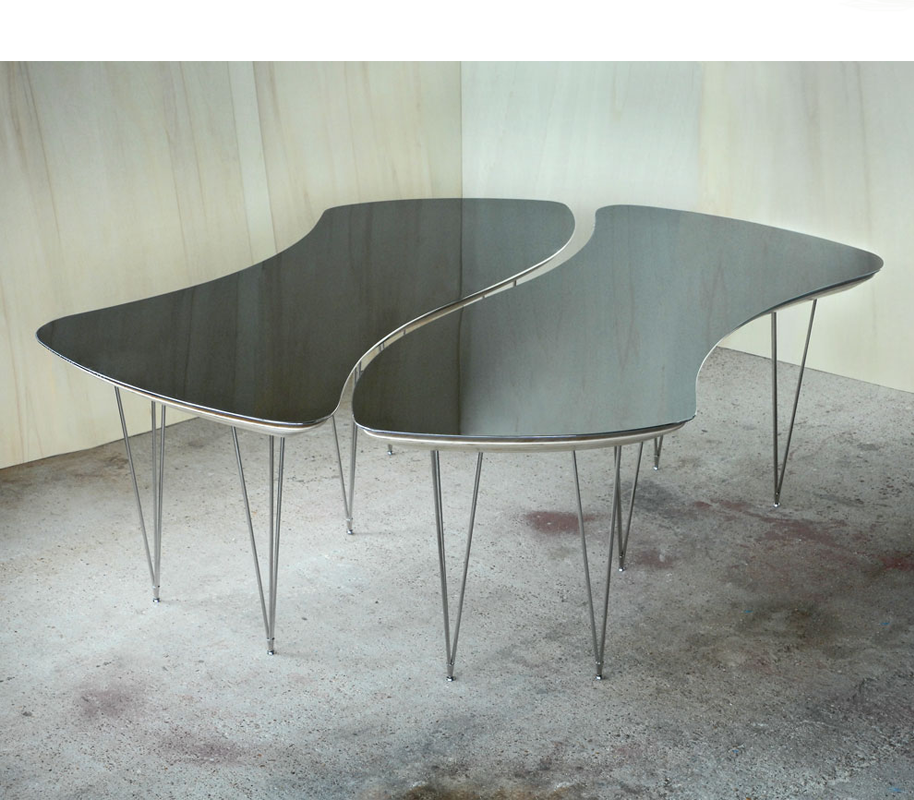
Also from a constructive point of view, the tables are created by combining different materials. The metal tops are lightly detached from the wooden base, with flared, aerial lines, and the whole piece is supported by slender metal legs. The reflecting surface of the tops amplifies the theme of the fragment, engaging in interplay with the dual dimension. By reflecting the surroundings or the people close by, the tables come into resonance with the surrounding environment, bringing a sensation of lightness and striking evocative power.

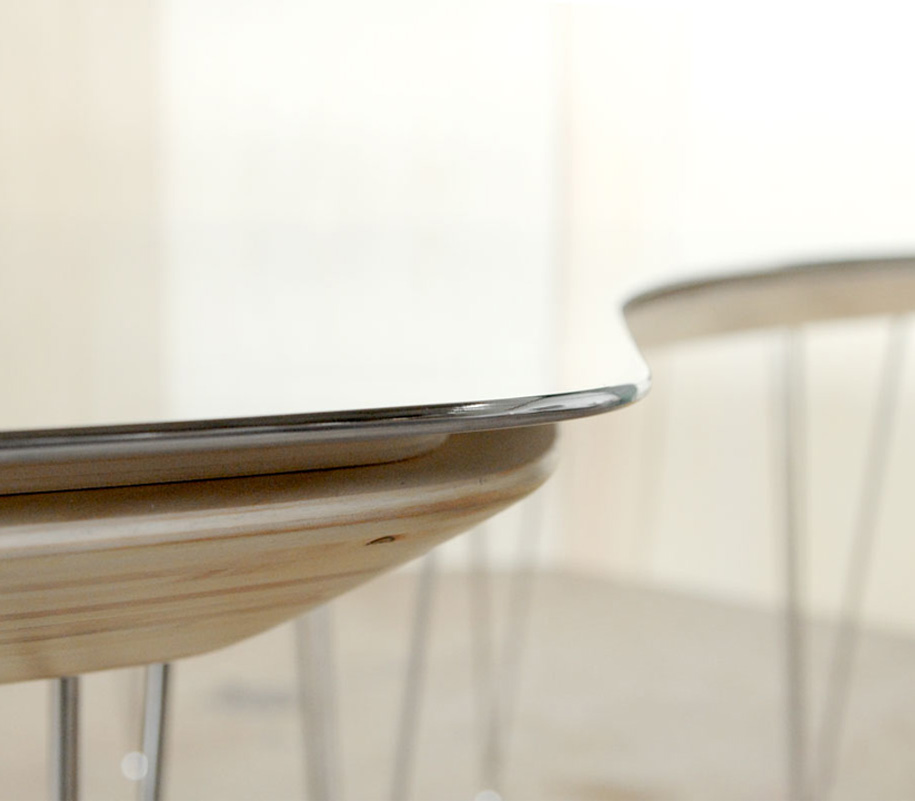
5 SQUARES
From a geometric point of view, the table appears as a folded ribbon, 70 x 210 is the horizontal part (3 squares) and the two folds at the ends form the feet (2 squares).
The idea has always been to reduce the thickness of the table by distinguishing a carbon structure in the central part (a blade in the first version and a sort of double T in the second), an upside-down C (70+210+70) at the two sides, of which the MDF shelves form the structure of slender panels in veneered wood.

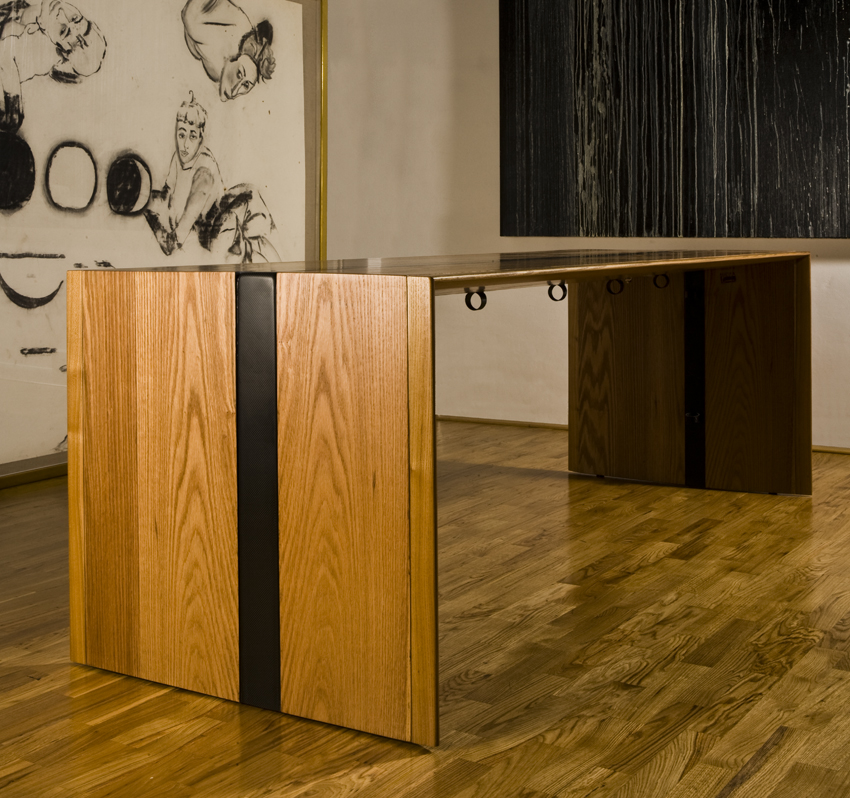
On the two sides, the thickness is reduced to zero, so on the front along the table it appears as an extremely slender upside-down C despite the strong resistance to the weight on the span of more than two metres. The contrast between the Elm veneer and the black of the carbon adds the elegance of the two contrasting materials to the subtle, slender lines.

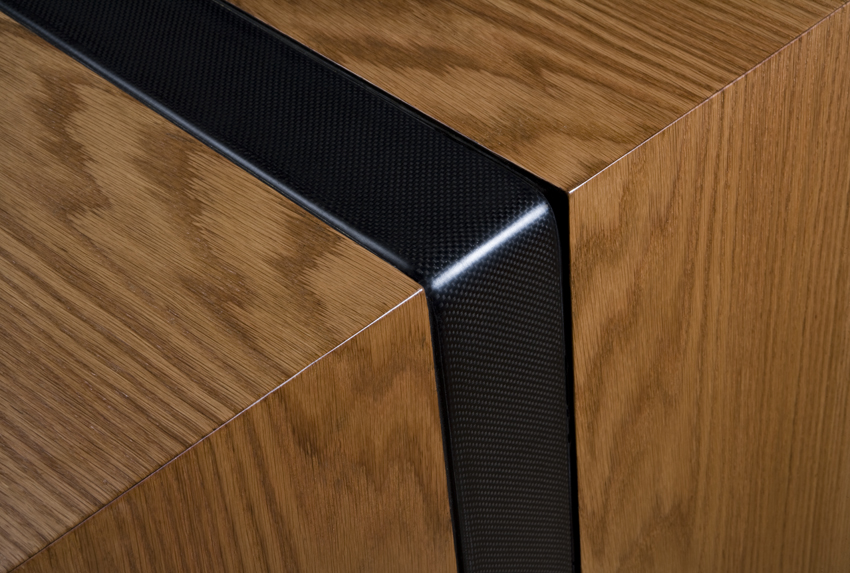
MILAGRO
An interplay of geometries, a flat shape and a cylindrical shape that generate a dual level of perception, reflecting and deforming reality. The table is a mirror that interacts with the surroundings and the objects placed on it, offering an ambiguous, duplicitous perspective. Both in architecture and in the world of contemporary art, the theme of the mirror is replete with references and suggestions that inspired us.

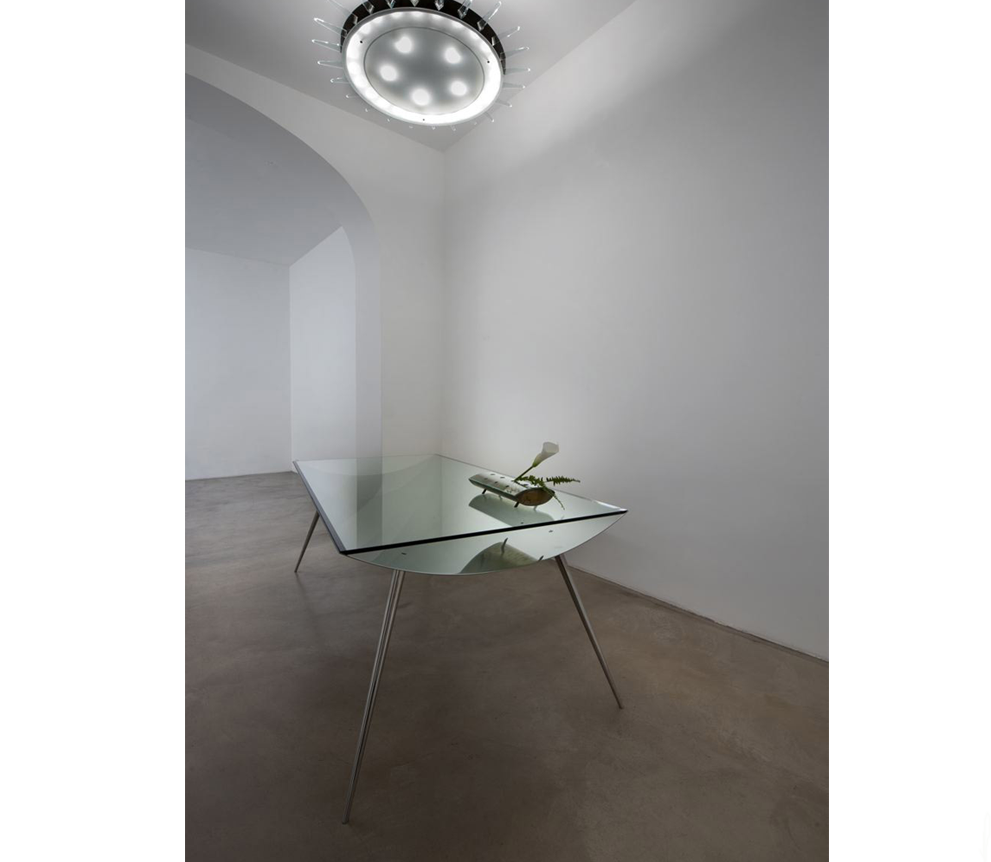
The semi-cylinder is made in super-mirror sheet metal, with a filter between the table and the outside world created with the flat surface of the glass, which softens the direct, deformed reflection of the sheet metal, which in turn may be reflecting or transparent, depending on the observer’s point of view. The glass is enriched with the classic green colouring of the silicon, enhanced by the thickness of the sheet, reminiscent of the atmospheres of the glass objects created by Ingrand in the 1950s with Fontana Arte.

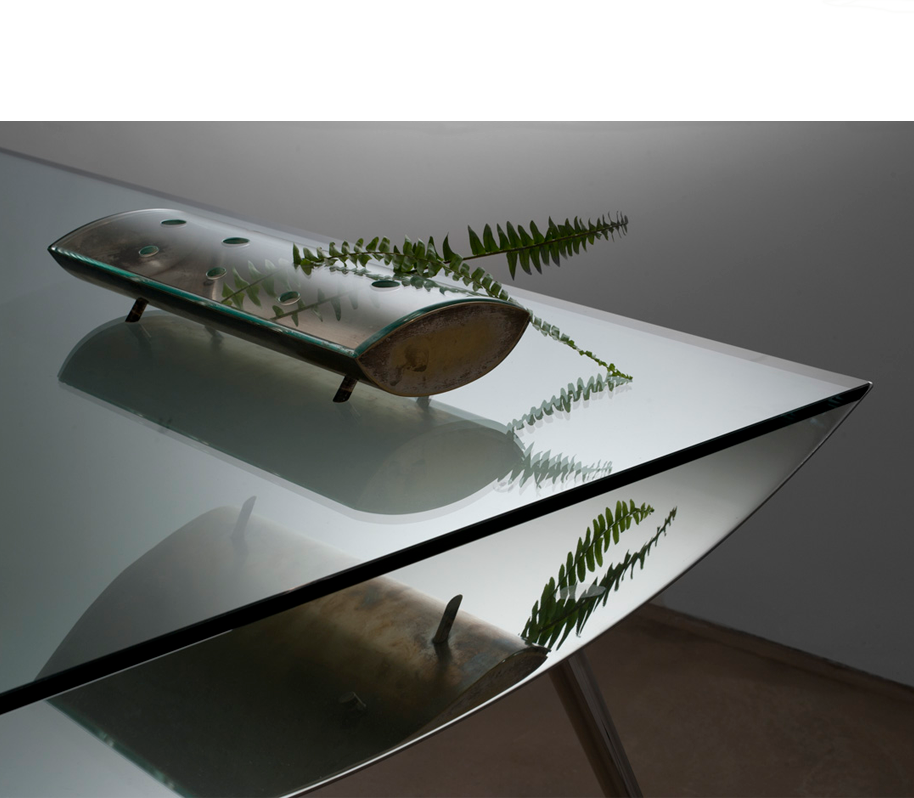
The cylindrical sheet metal is given stability by the weight of the glass, finding its dynamic balance resting on the legs: it functions like the hull of a boat that when brought onto land rests on its own space, remaining stable due to the weight, because any other solution involving slotting the legs into the belly of the top would have been formally too invasive and antagonistic to the subtle reflective effect.

